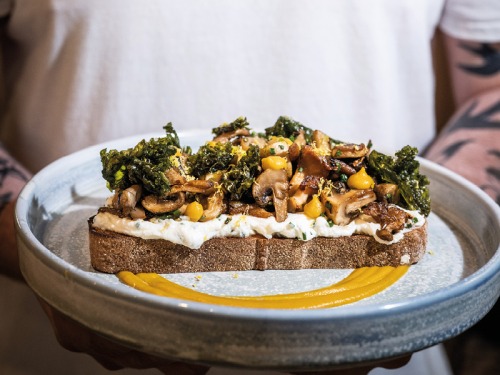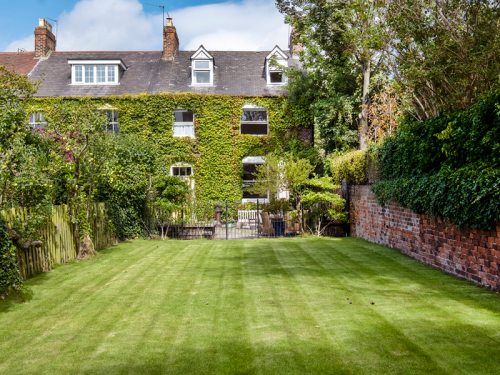Meet the Northumbrian Forager Finding Hidden Gems in Urban Areas
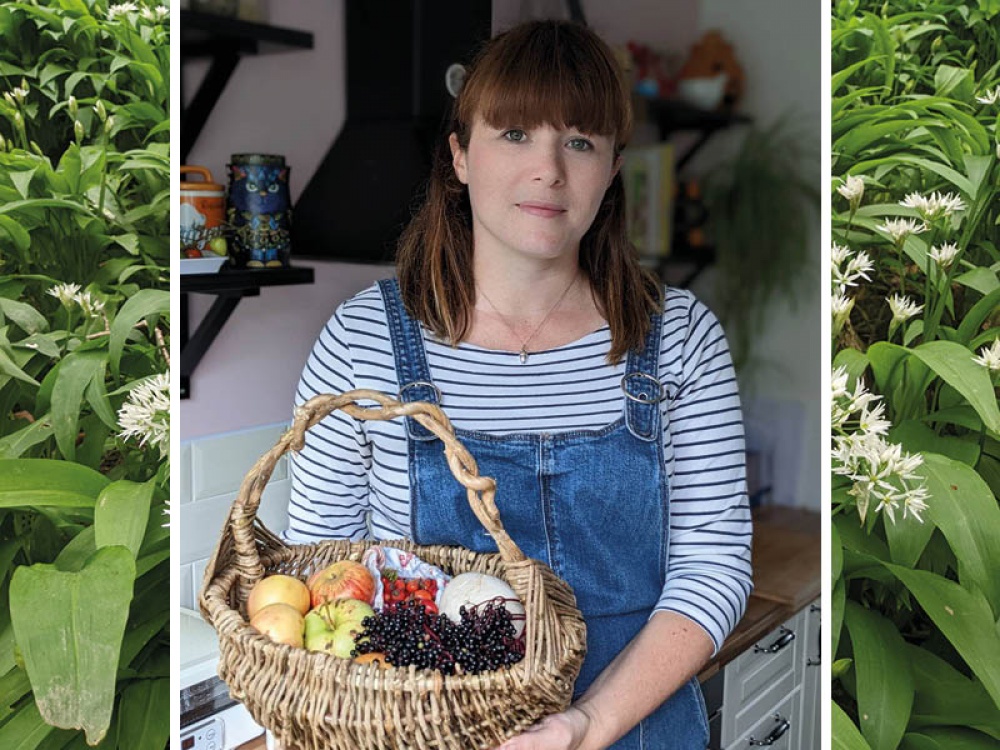
Try your hand at foraging this year with The Cramlington Forager
You’d be forgiven for thinking, like most of us, that to have a successful foraging trip you’d need to travel far out into untouched countryside. Gemma Gee is looking to prove that this is not the case. Based in the Northumberland town of Cramlington, Gemma has established herself as The Cramlington Forager, thanks to her passion for finding local edibles without travelling for miles, and offering classes for beginners who wish to learn more. ‘I always say I’ve been a lifelong blackberry forager and that’s basically how everyone starts foraging,’ she says. ‘I took my little boy out foraging for blackberries for the very first time when he was about nine months old and he absolutely loved it. He came home with a purple face and purple fingers. So I started looking at more things we could do.’
From there, there was no stopping Gemma’s curiosity about what could be found in the local town. ‘I don’t drive so we spent a lot of time walking around where we live and curiosity took over. I just had to know what everything was and if it was edible or not,’ she explains. ‘We then started looking at things like hazelnuts and came across a tree that was laden with them, and we wondered how that had been there the whole time and we never noticed, in the village that I basically grew up in.’ Her obsession grew from there.
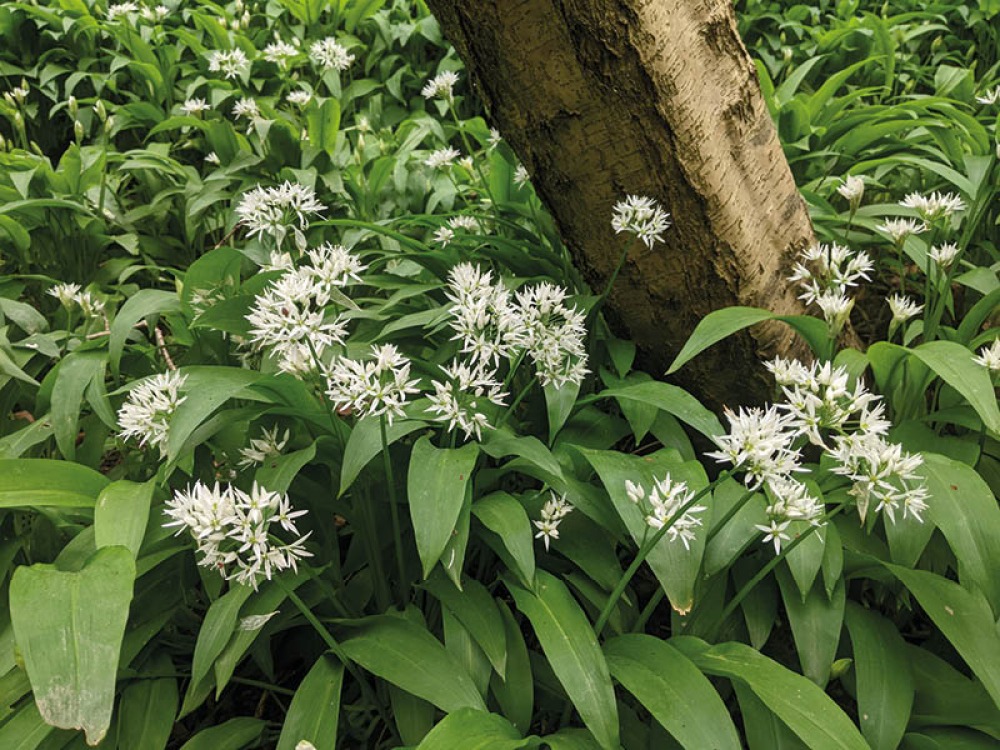
Although now confident in her abilities, Gemma appreciates that starting out is a daunting prospect. ‘When I’m teaching foraging I always tell people it can be overwhelming because you’ve got to think about where to start and what is edible, and more importantly, what is poisonous, and sort of pace yourself.’ Great advice, but certainly not the approach that Gemma took. ‘I didn’t do that, I just kind of threw myself in. I needed to know everything,’ she says. ‘I took over a corner of my grandad’s garden after he passed away because he loved his garden and I started growing food and that fed the obsession. Then I started to learn how to preserve things, so all of a sudden I could bring these things into my house from the garden and from foraging and keep it for a long time. So I learned how to make jams and chutneys and cordials and it opened a whole new world in terms of what I can eat. I find one of the most exciting things about foraging is that a lot of the stuff you’re going to find, you would not be able to find it in a shop. It opens up a whole new culinary experience really.’
As was the case for many people, Covid was a turning point for Gemma and The Cramlington Forager. ‘During Covid I started a blog to share what I was doing in terms of what I was foraging for,’ she says. ‘It was to show people what was edible that they might not have thought about and a big part of why I started that was to challenge the misconception that you have to live in the countryside to go foraging. I live in a pretty urban town which is where the name comes from, The Cramlington Forager. Cramlington has a lot of green spaces amongst all the housing estates, and we have a lot of green parks and little pockets of woodland as well, so it is a bit different to your city foraging, but it was to challenge the idea that you had to be in the countryside.’
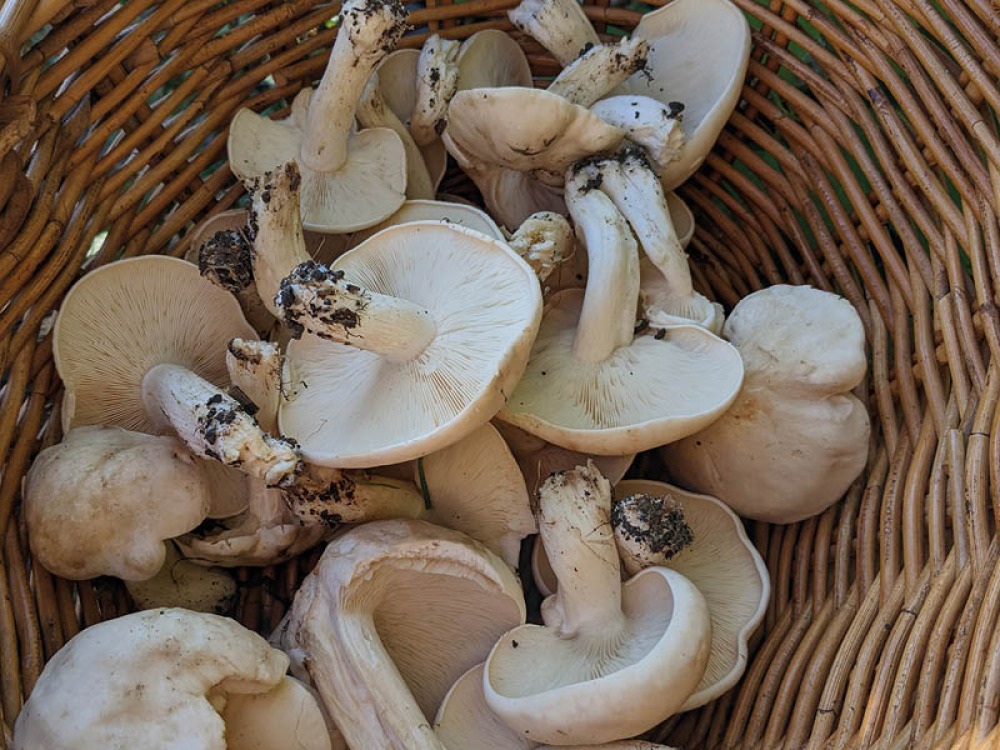
As part of her blossoming business, Gemma has taken it upon herself to help beginners learn the basics, something that wasn’t available to her when she started. ‘I had to rely on books mostly,’ she says. ‘I love books, even now when I don’t necessarily need them so much when it comes to plants, I still buy them just in case there’s a tiny bit of information I might have missed. So books are amazing, but also YouTube videos as long as they’re from experts. YouTube videos are a great way to learn because you can visualise it a lot better.’
Gemma currently offers two types of sessions. ‘I started off with just one course which was a wild food walk and it was basically just an hour-long session. It was primarily quite local in Cramlington itself. We do different wild edibles and that will be things like mushrooms, flowers and trees. Anything and everything! We cover all the basics like how to identify it, where it grows and what you can do with it, like if it has any medicinal properties. But last year I also started doing a longer two-hour session, and that’s the introduction to foraging one which goes into a lot more detail and covers safety, the law, and gives us more of a chance to talk about the specifics of each wild edible.’
As many edibles are seasonal, it can be tricky for beginners to get to grips with what to look for and when. ‘I generally stop foraging in December and January. It’s bitter cold and not much grows besides a handful of mushrooms,’ Gemma says. ‘It’s usually about March when things get growing again and you’ll start with things like spring greens which are nettles, sticky weed, wild garlic, dandelions. All sorts come out around that time. Most of the greens, like your dandelions, will grow all year round but they only flower in abundance in April time. So that’s the best time to be using dandelion flowers otherwise it would take you ages to pick enough.’
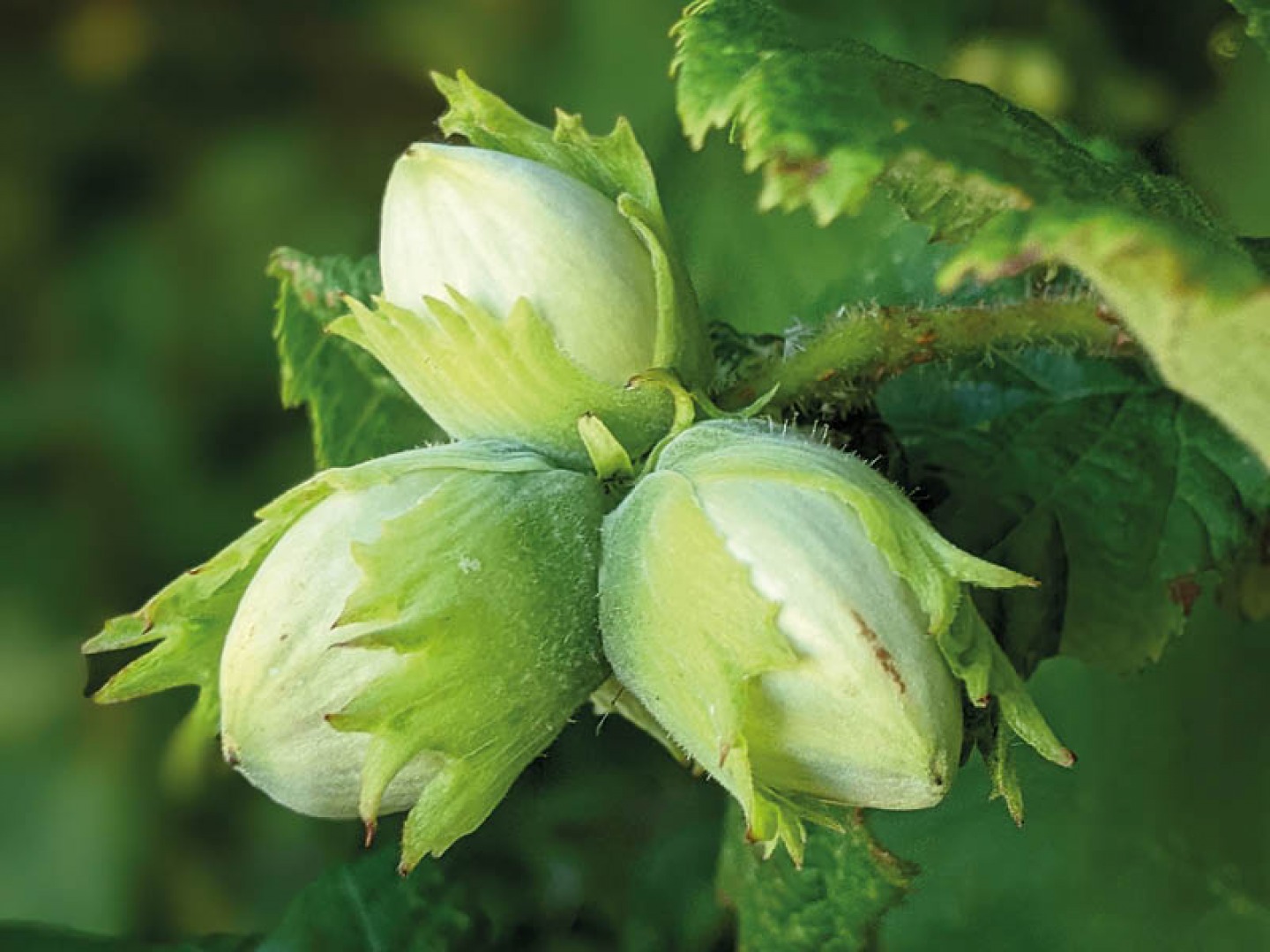
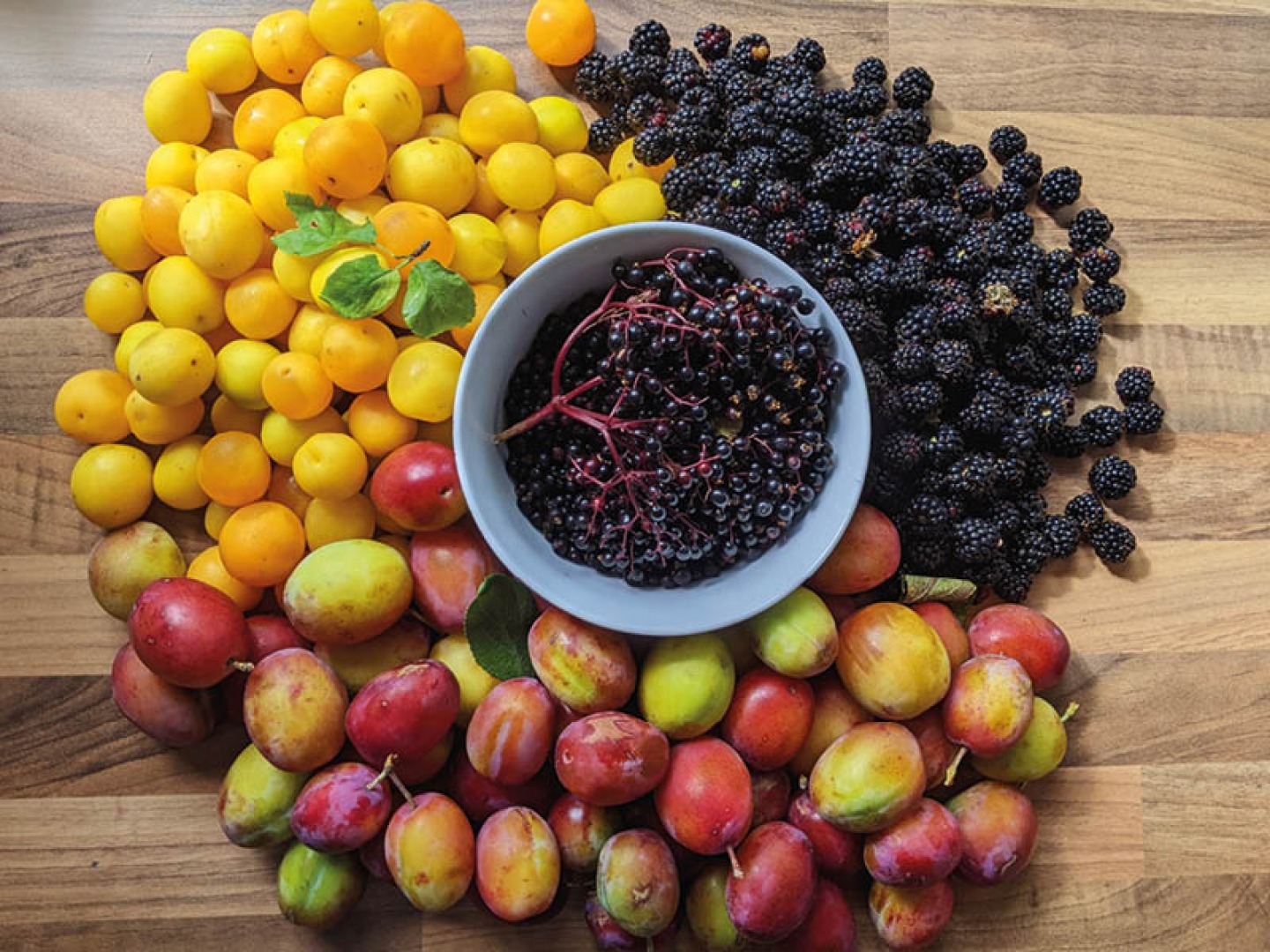
While finding the plants can be tricky enough, knowing what to make with them when you have them can be just as much of a learning curve. ‘I do experiment. Things with wild garlic (which is abundant and if you find the right woodland it covers the floor) I like to really experiment with because I know I can get a lot of it in a short amount of time and the season is really long. So I’ll experiment with making new things with that every single year and add new recipes,’ Gemma says. ‘We’re a vegan household so we like challenges. I really like to make cake so I love using flowers in my cakes. Nettle cake is actually one of the first recipes that I created but there wasn’t a vegan recipe, so I perfected my own and now that’s one of my favourite recipes to make. There’s a recipe for that on my website if you want to try.’
With so much still to discover, Gemma has big plans for The Cramlington Forager in the year to come. ‘I’ve only been doing the courses for two years but every year I try to build on it or change it in some way. This year, I’m going to be still doing the wild food walks and introduction to foraging and will do a foraging with kids session occasionally, but I’m also going to be adding a foraging and folklore session, and a wild plant medicine session,’ she says. ‘The folklore session will be looking at which plants are edible and then what sort of tales have been attached to those plants over time. The medicine session will focus on how a lot of edible plants have medicinal properties that we’re maybe not aware of.’
What’s one thing you can’t live without?
My foraging baskets!
What’s the best hidden gem in the area?
Humford Woods.
What advice would you give to someone who is foraging for the first time?
Start slow. Now is the perfect time to be learning to forage. I know that sounds strange because there’s nothing out there but you can hunker down with a book and look things up well in advance so that you’re prepared.




